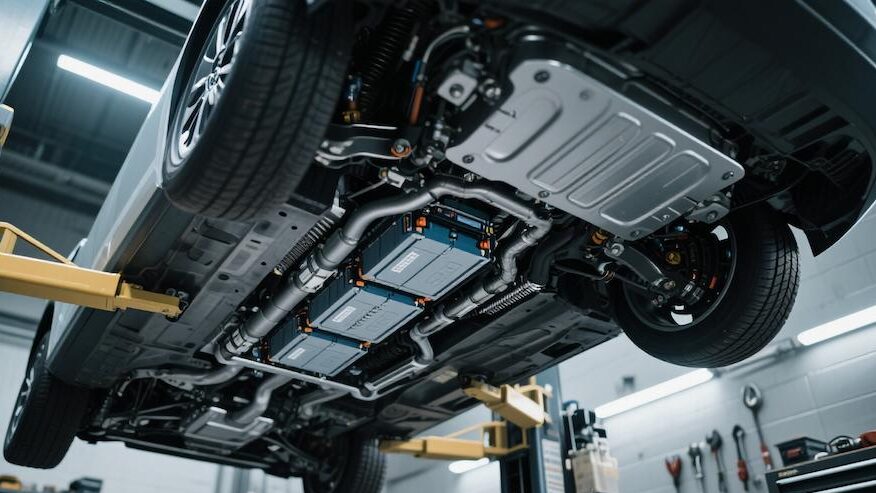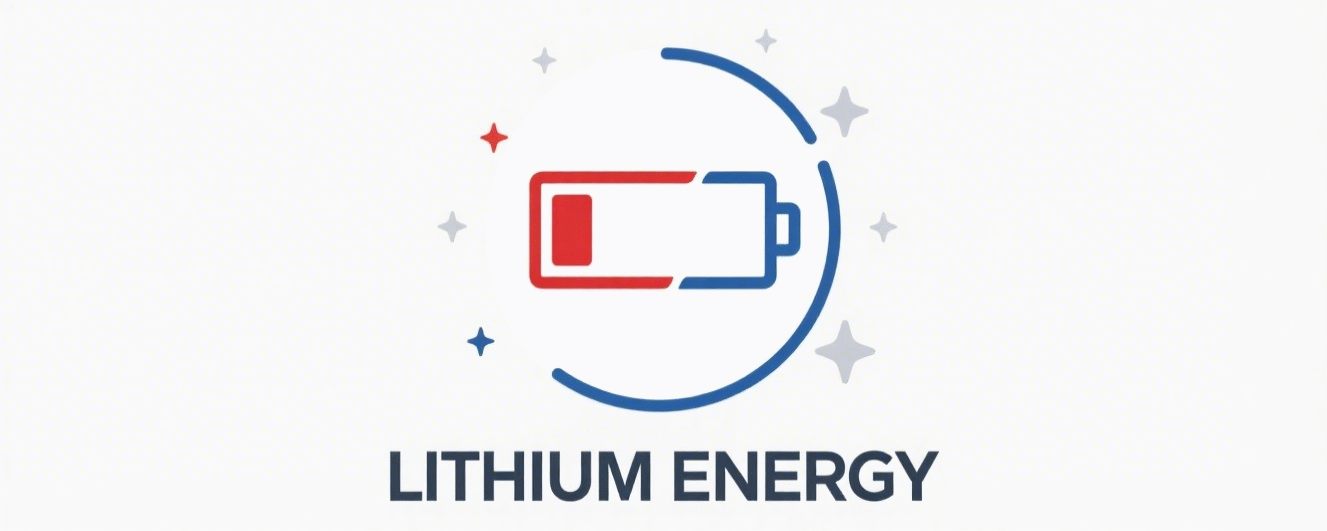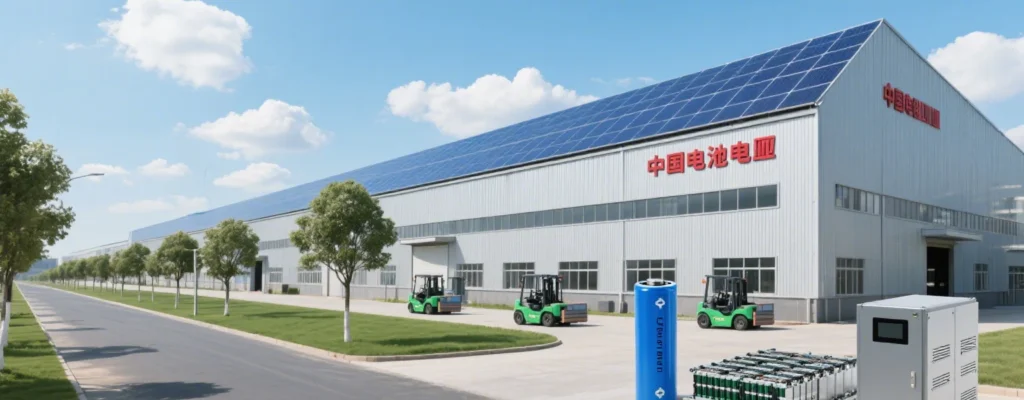
China lithium battery website platform is a vertical platform centered on China’s lithium battery industry, dedicated to integrating China’s battery industry resources, promoting information interoperability and trade docking. Its core functions include:
Industry information hub: provide lithium battery technology development, policy interpretation, market trend analysis and enterprise news, covering the whole industry chain information from raw materials (such as lithium carbonate, cathode materials) to end-use applications (such as new energy vehicles, energy storage systems).
Enterprise Supply and Demand Matching Platform: Through the columns of “Procurement Information” and “Enterprise List”, we connect battery manufacturers (e.g. Ningde Times, BYD), equipment suppliers and end customers to realize accurate trade matching. The platform realizes accurate trade matching.
Technical Database: Sharing of lithium battery technical standards, production processes, testing methods and other specialized content, helping enterprises with R&D innovation and quality improvement.
I. Technology Introduction
Liquid lithium battery: current mainstream technology, with lithium iron phosphate (LFP) and ternary materials (NCM/NCA) as the anode, with an energy density of 300Wh/kg (ternary soft pack). Key technologies include:
High nickel: improve energy density (e.g. NCM811), but need to solve the thermal stability problem.
Fast charging optimization: develop from 2C to 5C, shorten charging time by 60%.
Solid state battery: using solid state electrolyte (oxide/sulfide/polymer), energy density over 400Wh/kg, high safety (no risk of electrolyte leakage), China is dominated by the oxide route (e.g. Qingtao Energy, Weilan New Energy).
Innovative breakthroughs
Extended life: Chinese team developed Li-ion injection technology to increase cycle life from 1,000 to 10,000 cycles.
Solid state electrolyte: CAS team developed m-Li2ZrF6 nanoparticles, realizing 80% capacity retention after 3,000 cycles.
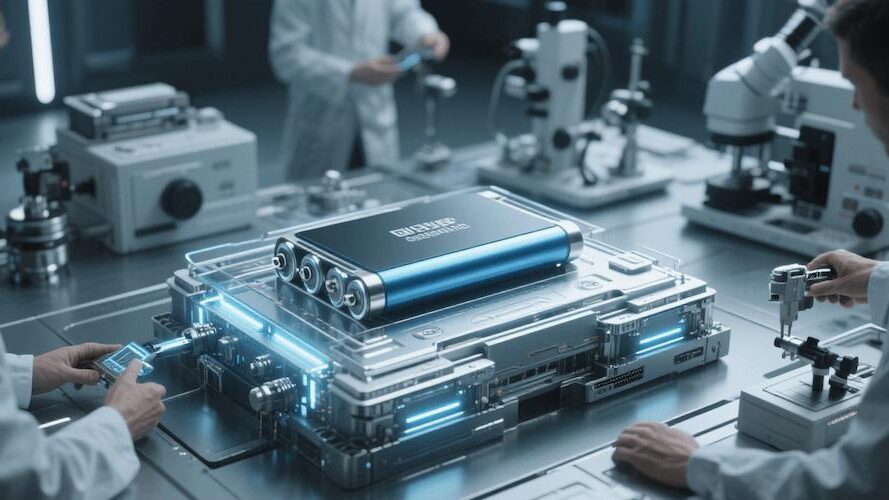
II. Classification and Application
| typology | specificities | application scenario |
|---|---|---|
| li-ion battery | Low cost, mature process, limited energy density (Li-FePO4 170Wh/kg, Ternary 300Wh/kg) | Electric vehicles, energy storage, consumer electronics |
| Semi-solid state battery | Liquid electrolyte accounted for 5-10%, energy density 360Wh/kg, improved safety | High-end electric vehicles (e.g. Azure ET7) |
| All Solid State Battery | Liquid-free electrolyte, energy density 400Wh/kg+, high temperature resistance (-40℃~100℃) | Aviation, humanoid robots, next-generation electric vehicles |
III.The core advantages
Performance Advantages
Energy Density: ternary battery > lithium iron phosphate, solid-state battery has the greatest potential (theoretical value of 500Wh/kg).
Safety: Solid-state battery realizes zero combustion risk by suppressing lithium dendrite and thermal runaway.
Life and cost: LiFePO4 has a cycle life of 5,000 times and a cost of only RMB 33,000-43,000/ton, making it suitable for energy storage.
Industry Chain Advantage
Vertical Integration: Ningde Times, BYD and other companies cover from materials (e.g. Ganfeng Lithium) to core manufacturing.
Policy support: China plans to invest 6 billion RMB to accelerate the R&D of all-solid-state batteries, involving 6 leading enterprises.
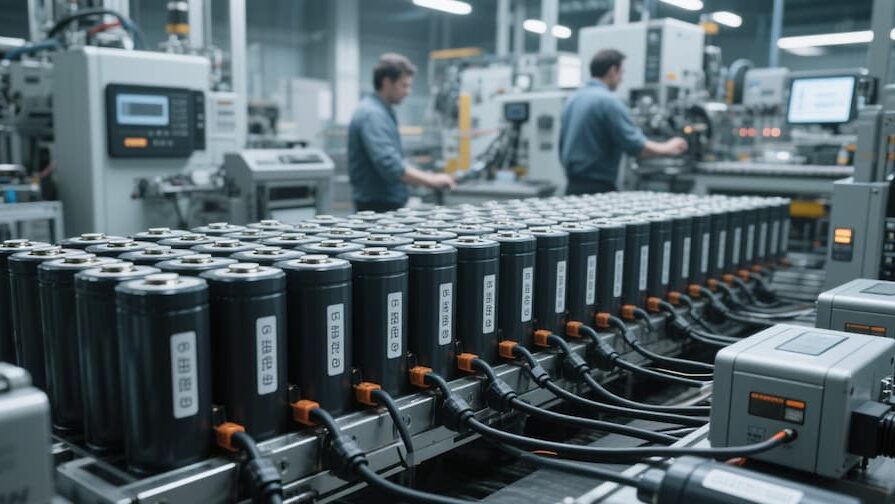
IV.Services and Solutions
Customized services
Cells and BMS: Companies such as PACE provide 12V-72V customized battery packs with built-in intelligent BMS to support AGV/robot applications.
Rapid response: some manufacturers provide sample delivery within 5 days and 1-year warranty (e.g. A&S Power).
Full process support
R&D cooperation: Joint development with universities (e.g. Tsinghua University, Xiamen University) to improve material performance (e.g. CALB cooperates with PRETTL Group).
Logistics and after-sales service: professional lithium transportation solutions (UN38.3 certification), 24-hour technical support (e.g. Lithium Battery Systems).
Industry solutions
Energy storage: 280Ah large battery cell reduces integration costs and is suitable for power storage scenarios.
Household energy storage: European market shifts to high-voltage systems, flexible adaptation of soft pack/cylindrical batteries.
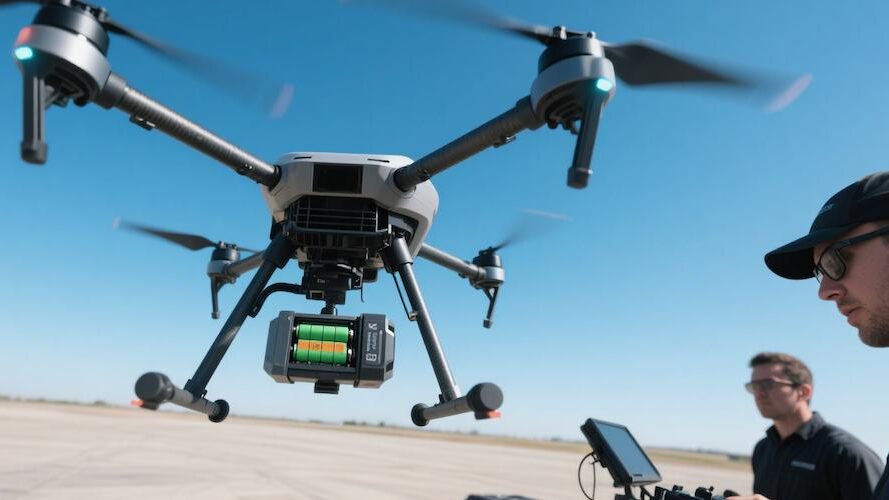
V. Representative enterprises
Technology Pioneer
Ningde Times: full-solid-state batteries are scheduled for mass production in 2027.
Weilan New Energy: Semi-solid-state batteries have been equipped with Azalea ET7, with a range of 1,044km.
Summary
China’s lithium battery platform is a global leader in technological innovation (e.g., solid-state batteries), industry chain synergies (materials-manufacturing-applications), and policy-driven. In the next 3-5 years, semi-solid-state batteries will be commercialized, and full-solid-state batteries are expected to reach a penetration rate of 8.8% by 2030. Companies need to continue to optimize the cost and interface technology to consolidate competitive advantage.
